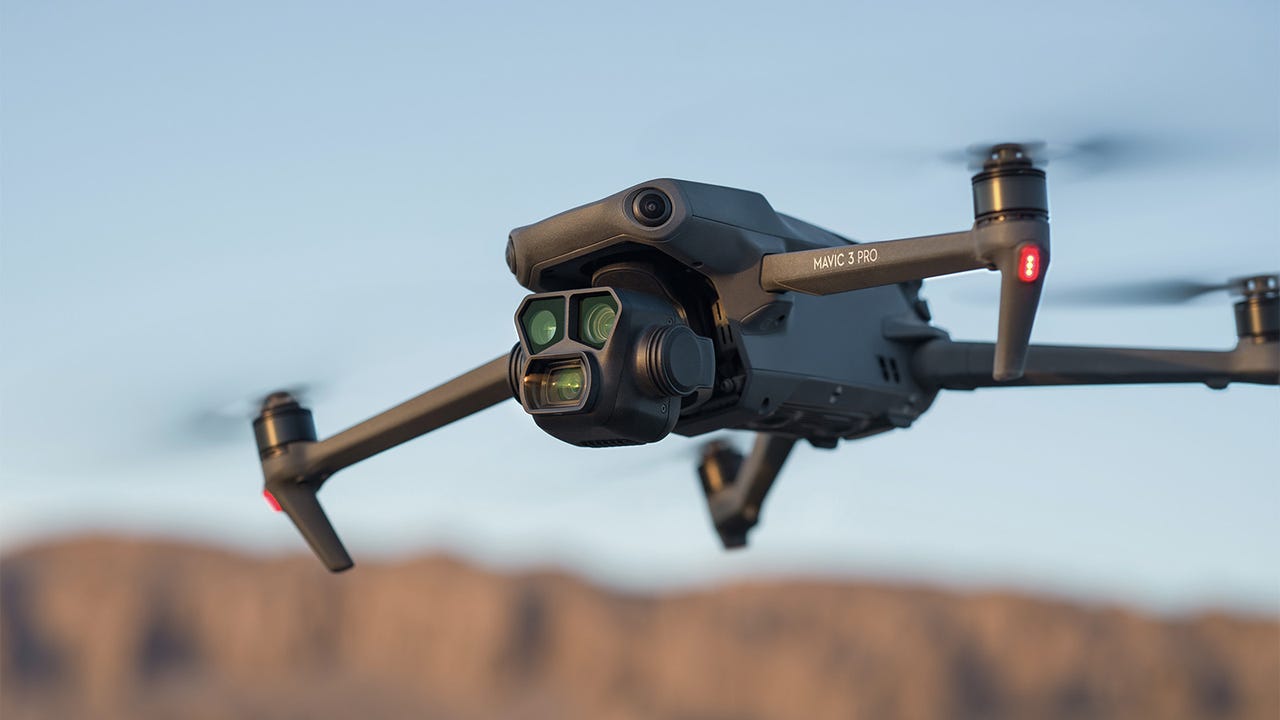'ZDNET Recommends': What exactly does it mean?
ZDNET's recommendations are based on many hours of testing, research, and comparison shopping. We gather data from the best available sources, including vendor and retailer listings as well as other relevant and independent reviews sites. And we pore over customer reviews to find out what matters to real people who already own and use the products and services we’re assessing.
When you click through from our site to a retailer and buy a product or service, we may earn affiliate commissions. This helps support our work, but does not affect what we cover or how, and it does not affect the price you pay. Neither ZDNET nor the author are compensated for these independent reviews. Indeed, we follow strict guidelines that ensure our editorial content is never influenced by advertisers.
ZDNET's editorial team writes on behalf of you, our reader. Our goal is to deliver the most accurate information and the most knowledgeable advice possible in order to help you make smarter buying decisions on tech gear and a wide array of products and services. Our editors thoroughly review and fact-check every article to ensure that our content meets the highest standards. If we have made an error or published misleading information, we will correct or clarify the article. If you see inaccuracies in our content, please report the mistake via this form.
The world's first drone with three optical cameras just launched. Why that matters


Following the success of the Mavic 3, today sees DJI launch the Mavic 3 Pro, the world's first three optical camera drone.
Yes, not one (like on the Mavic 3 Classic or the Mini 3 Pro), not two (as on the Mavic 3), but three cameras with varying focal lengths.
Also: Drone wranglers: How an old west town is delivering the future of flight
Last year's DJI Mavic 3 already had two cameras: a 24mm equivalent wide-angle 4/3 CMOS Hasselblad camera, and a 166mm equivalent telephoto camera for long-distance shooting, but the Mavic 3 Pro adds a third 70mm equivalent medium tele camera to cover that middle ground. Here's why that makes all the difference.
View at AmazonWith an increased resolution, a boosted aperture from f4.4 to f3.4, and an improved video frame rate, supporting shooting 4K/60fps video with 7x optical zoom and 12MP photos, footage captured by the Mavic 3 Pro should appear much sharper than its predecessors. Its low-light capabilities also see a major upgrade thanks to the shift in aperture.
The telephoto camera also features a 28x digital zoom, for videographers to get even closer to the action, though this does degrade the image because the drone relies on image cropping.
Also: The best drones: Which flying camera is right for you?
The new Mavic 3 Pro features a 1/1.3-inch CMOS sensor, 3x optical zoom, and is capable of 48MP/12MP photos, 4K/60fps video, and supports the new D-log M. On top of that, the wide-angle camera now also supports the new 10-bit D-Log M color mode, allowing the sensor to capture up to one billion colors. This not only makes the camera better at capturing difficult scenes such as sunrises and sunsets but also makes it easier to process the captured video.
DJI Mavic 3 Pro with the RC Pro controller
For those looking for even more, the Mavic 3 Pro Cine offers Apple ProRes 422 HQ codec support for all three cameras, and features a built-in 1TB SSD 2 with 10Gbps lightspeed data cable, allowing for the best, most professional workflow possible.
On the battery front, DJI claims that the Mavic 3 Pro can stay in the air for up to 43 minutes, which means being able to capture more on a single battery without having to bring the drone back for a battery swap.
Also: The 5 best SSDs you can buy
Protecting the drone from accidental collisions, the eight wide-angle vision sensors work with the Omnidirectional Sensing and APAS 5.0 technologies to allow the drone to "see" obstacles in all directions and plan a safe flight path around them.
Pricing for the various Mavic 3 Pro bundles is as follows:
- DJI Mavic 3 Pro with DJI remote controller for $2,199
- DJI Mavic 3 Pro Fly More Combo with remote controller for $2,999
- DJI Mavic 3 Pro Fly More Combo with Pro remote controller for $3,889
Mavic 3 Pro tech specs
- Hasselblad main camera: 4/3 CMOS sensor, 24mm format equivalent, f/2.8-f/11, 20 MP. The Hasselblad 4K drone camera supports shooting RAW photos with a dynamic range of up to 12.8 stops.
- Tele cameras: 1/1.3-inch CMOS, 70mm equivalent, 3x Optical Zoom, f/2.8, 48 MP and a 1/2-inch CMOS Tele Camera 166mm equivalent, 7x Optical Zoom, 28x Hybrid Zoom, f/3.4, 12 MP.
- Omnidirectional Obstacle Sensing and APAS 5.0: Eight vision sensors work with a vision computing engine to sense obstacles.
- 43-minute max flight time: Mavic 3 Pro gives you more confidence to fly further and spend less time worrying about the battery level of the long-range drone with a camera for adults.
- DJI O3+: Mavic 3 Pro features a transmission distance of up to 15km with stable signals.
- Apple ProRes support: Mavic 3 Pro Cine has three cameras that support Apple ProRes 422 HQ, Apple ProRes 422, and Apple ProRes 422 LT encoding.